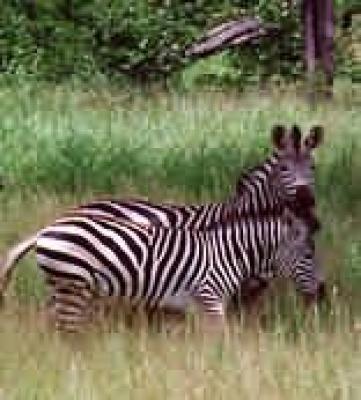Hwange National Park is one of Africa's finest havens for wildlife and is home to vast herds of elephant, buffalo, zebra and has a very large concentration of giraffe. It is also home to many predators and endangered species plus very large and varied birdlife.
The park is situated on the main road between Bulawayo and the world famous Victoria Falls.
Hwange National Park covers just over 14 600 square kilometres. The Park carries 105 mammal species, including 19 large herbivores and eight large carnivores. Elephant make up the largest proportion of the biomass.
All Zimbabwe's specially protected animals are to be found in Hwange and it is the only protected area where gemsbok and brown hyena occur in reasonable numbers. The population of wild dog to be found in Hwange is thought to be of one of the largest surviving groups in Africa today.
The landscape includes desert sand to sparse woodland as well as grasslands and granite outcrops. Due to the lack of water, man-made waterholes were introduced to sustain the animals through the dry season. The park has an interesting variety of landscapes with one part running alongside the North-eastern end of the Kalahari desert. The south is sandy with extensive forests and open grassland. A feature of the area is ancient fossil dunes - ancient sand dunes held together by vegetation.
Walking, driving and horseback safaris are a popular way of seeing the wildlife. Accommodation is provided at a number of game Lodges.
To travel through Hwange National Park today is to see what much of the interior of Africa might have been like more then 150 years ago.


